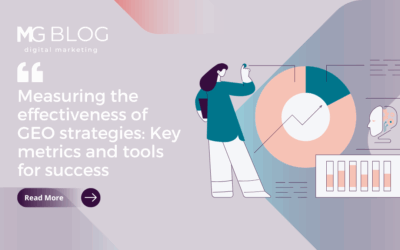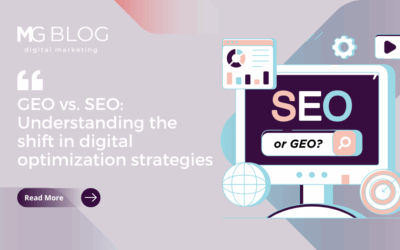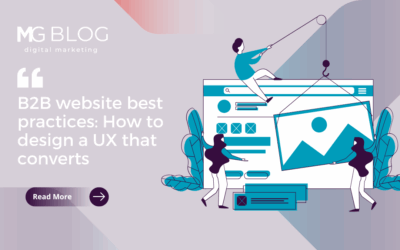Consumers with questions about a product or service they’re about to buy have never been armed with more resources. From searchable online reviews to chatbots that can answer any question with ease, the customer experience for commercial companies has become extremely interactive and personalized. In fact, customer experience is now ranked the most exciting area of opportunity for businesses this year.
But can citizens say the same of the government?
When many think of government customer experiences, there’s quite a different story. Multiple online tax-filing businesses have thrived based entirely on how difficult it is to personally file with the IRS. Anyone who’s ever lost their Social Security card knows the only way to get a new one is to fill out a paper form and go to a Social Security field office, open only during work hours and not on the weekends. Even getting a passport requires four to six weeks of foresight.
As technology progresses, this disconnect between consumer and federal customer experience will only widen. But the federal government can leverage the ground-breaking technology innovation coming from two big areas — automation and mobility — to close this gap. And the kind of financial boost that Congress could pledge with the Modernizing Government Technology (MGT) Act, which recently passed in the Senate as a part of the 2018 National Defense Authorization Act, can bolster these IT modernization projects, setting the federal government up for improved citizen experience success.
Automation continues to be a game-changer for commercial customer experience, but there is a dearth of these technologies giving government customers a great user experience. The U.S. Digital Service has been working hard to streamline difficult government processes, and had its largest transformation with the Affordable Care Act’s healthcare.gov. But there are countless other services offered by federal agencies screaming to be automated. The government could send recommended Centers for Disease Control or Department of State information to new passport holders, personalizing their future needs based on their past information. It could send out alerts about voting registration deadlines and remind people to get to the polls — especially helpful for off-season special elections. It could provide recall information from the Department of Transportation to citizens that have the make and model vehicle in question. The Trump administration’s Office of American Innovation recently stated its commitment to improving government citizen services so they match the public’s expectations. Matt Lira, a senior adviser for the office, said he was “really heartened” that the MGT Act has had bipartisan support on its way to the president’s desk.
And in the digital age, providing mobile solutions to typically in-person-only government interactions would not only make for a convenient alternative, but it would save federal agencies money. A single staff member could provide services for many more customers because of a mobile technology’s ease of use. Take Veterans Affairs, for example — an understaffed hospital, instead of hiring thousands more doctors, could use recent mobility gains to provide telehealth services at rural facilities with underserved populations. In fact, the VA is testing this now, through its VA Video Connect program, which provides live video appointments to 5,000 veterans who live far from care facilities.
All these processes make government more efficient — but to be effective, they first need a financial boost to implement new technology. And now that the MGT Act is on the road to full approval, it will inject a $500 million boost so federal IT departments can explore cloud-based technologies that would provide a unified method of pushing services to citizens. While cloud adoption has also been slow in the federal government due to perceived security issues, it could also enable key mission objectives.
This tech-first paradigm shift in the federal government must happen, and any delay to inject automated and mobile technology into federal IT services is another day lost to the progress that’s occurring in the commercial sector. But as far as IT modernization is concerned, at Merritt Group, we anticipate government agencies will push beyond their initial, security-based skepticism of the cloud and leverage it to provide better citizen services through partnerships with high-tech contractors that already have big wins on the commercial market.
Want more information on how to position your tech business for a government buyer? Contact Merritt Group, info@merrittgrp.com, today for more information!



